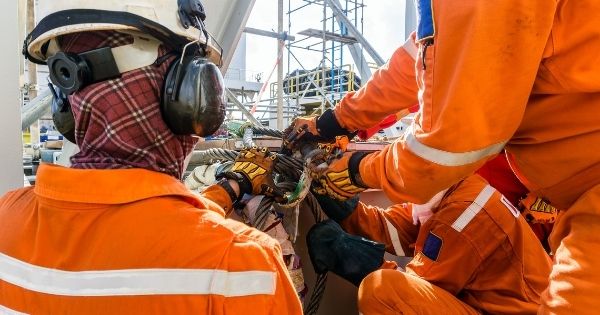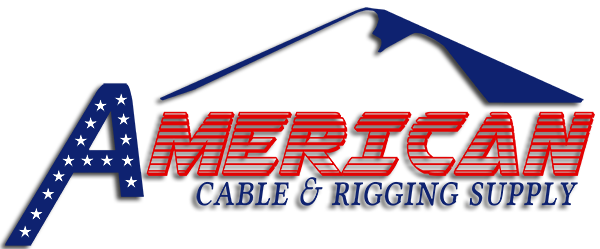
The Different Safety Measures for Rigging Jobs
The rigging industry plays an essential role in construction and infrastructure applications today. Whenever heavy objects need to be relocated or hoisted, you can find the necessary equipment and workers to complete the job. But because of how complex and detailed the job is, safety is a critical aspect that cannot go overlooked.
Let’s discuss the different safety measures for rigging jobs that ensure the team’s well-being and job completion.
Ensure Qualified Workers Complete the Job
It’s critical to ensure only qualified workers complete the tasks. This includes verifying their certification, following through on all required education, and finishing adequate job site training.
A professional in the field could detect and prevent foreseen issues before they arise, whereas an apprentice would need more time and education. If the situation became unsafe, the professionals and well-trained team members could pause or stop the process and implement adequate safety protocols.
Make Sure the Equipment and Environment Are Safe
Before starting and completing a rigging job, a certified professional should inspect all equipment necessary for the project. This step ensures the equipment and environment are safe for workers and any future encounters. Missing this one step can result in a technical failure or potentially risk the lives of those around.
Secure the Load’s Balance
Spotters and riggers should always double-check to ensure the load is appropriately balanced. An imbalanced load can cause the crane to tip and jeopardize everyone. A few best practices for checking the load include:
- Marking the crane’s gravity point.
- Confirming that the load has adequate swing space.
- Ensuring the crane’s body and chain do not make contact with a load.
- Verifying the suspension creates a straight line with the hook before hoisting.
Store Equipment Safety
In addition to the different safety measures for rigging jobs, equipment storage should be secure and safe. When a job is complete, it’s critical to place equipment and supplies in an environmentally safe location to ensure the climate does not increase the risk of corrosion or weathering. After pulling the items out of storage, inspect them for signs of wear or damage before use.
To learn more about rigging safety and supplies, reach out to American Cable Rigging today! We are an industry-leading rigging equipment supplier with a qualified team to assist all your rigging job needs.
